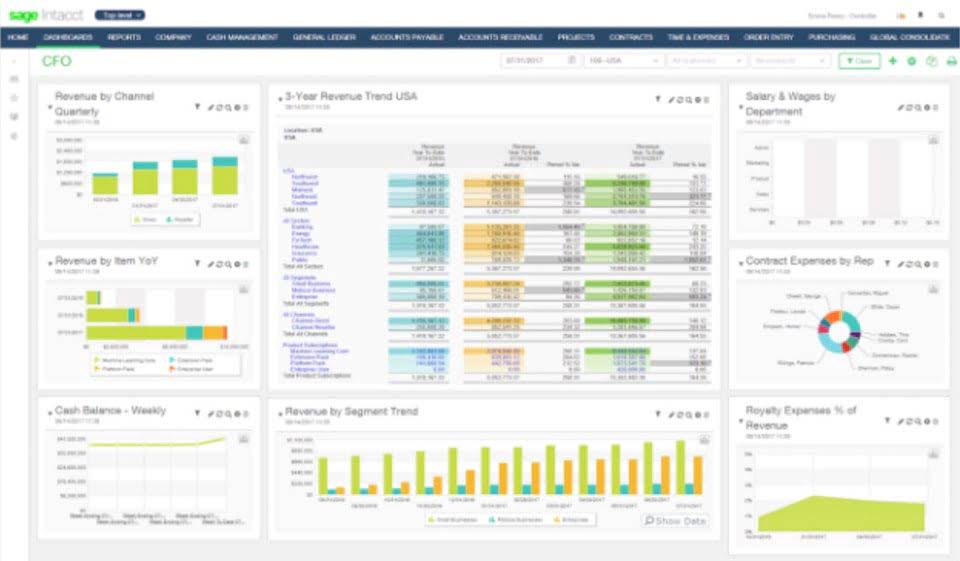Debits and Credits T-Accounts, Journal Entries

A debit, on the other hand, adds to an expense account, while a credit deducts from it. These terms are used in every accounting document, including general ledgers, cash flow statements, trial balances, income statements, and balance sheets. T-accounts can also impact balance sheet accounts such as assets as well as income statement accounts such as expenses. Once again, debits to revenue/gain decrease the account while credits increase the account. One problem with T-accounts is that they can be easily manipulated to show a desired result. For example, if you want to increase the balance of an account, you could simply credit the account without recording a corresponding debit.
- They help record each transaction with its corresponding entry in a different account.
- Ledgers can be maintained manually or electronically, and they serve as the basis for financial statements and other reports.
- A T-account is used in bookkeeping, which involves keeping track of the financial transactions that occur within a business.
- Many of the highest-yield savings rates today come from online banks, which operate without a network of brick-and-mortar branches.
- For asset accounts, the debit (left) side always indicates an increase to the account and the credit (right) side indicates a decrease to the account.
Carbon Collective partners with financial and climate experts to ensure the accuracy of our content. Go a level deeper with us and investigate the potential impacts of climate change on investments like your retirement account. In this example, I need to pay rent for the next quarter in advance for my coffee shop’s unit space.
Example 1 – Selling a coffee
For example, if a company issued equity shares for $500,000, the journal entry would be composed of a Debit to Cash and a Credit to Common Shares. Many of the highest-yield savings rates today come from online banks, which operate without a network of brick-and-mortar branches. The difference of these accounts is then carried to the unadjusted trial balance in the next step. Rent is classed as an operating cost as it’s a standard cost required to run my business. T-accounts help to visualise the process making it clear what is occurring with each transaction.

This can make it easy to see where your entries are off, if there are any mistakes. The use and purpose of a T account is to help business owners visualize the amounts on each individual account. Splitting out debits and credits makes it easier to quickly spot things when looking at the ledger. A T account (or general https://www.bookstime.com/articles/reorder-point ledger account) is a graphical representation of a general ledger account. The general ledger is an accounting report that sorts and records a business’ financial transactions, by account. For revenue accounts, debit entries reduce the account balance, whereas credit entries increase the account balance.
Journal Entries
For more resources, check out our business templates library to download numerous free Excel modeling, PowerPoint presentations, and Word document templates. On February 18th, clients send the $600 worth of invoice payment billed on February 15th. Let’s check out some practical examples to put all of these accounting principles and T account rules into action. One of the fundamental principles of financial accounting is the T account.

Although it may lack the detail which the ledger provides, it provides the main information, which is the amount it’s being debited/credited by. For instance, a company hires some extra temporary labor for a busy period in their factory. The accounting department later catalogs those labor payments under “operating expenses” instead of under “inventory costs” (which is where factory labor costs should go). If the labor costs are still debited and credited fully, then this type of mistake can also be difficult to catch. The purpose of journalizing is to record the change in the accounting equation caused by a business event.
How T Accounts are Used
That’s because we increased our rent expense for the amount of the rent. In turn, by paying the rent, we also decreased the amount of cash available in the bank. While we only completed one transaction (paying the rent), two accounts were affected. T-accounts are used as an aid for managing debits and credits when using double-entry accounting. Used more as a support mechanism, accounting T-accounts can be helpful for small business owners and entry-level bookkeepers who are making the move to double-entry accounting.
Most middle-income Americans still earn less than 3% on savings, survey finds – CNBC
Most middle-income Americans still earn less than 3% on savings, survey finds.
Posted: Mon, 30 Oct 2023 17:38:04 GMT [source]
The debit side is on the left of the t-account and the credit side is on the right. A bookkeeper can quickly spot an error if there is one and immediately fix it with the help of this visualization. It is typically prepared at the end of an accounting period before financial statements are generated. In January, I pay £6000 in cash to the landlord, so my bank (asset) account is credited £6000. In this section, I’m going to go through different types of transactions, and I’ll be using T-accounts to display the movement of value through the business. I will use my coffee shop to represent a business throughout these examples.
This can be difficult to do with T-accounts because you have to flip back and forth between different sheets of paper (or computer screens). If that’s not the case, make sure to double-check your books as you’ve probably made an accounting error along the way. This feature allows you to focus on specific dimensions and gain insightful knowledge regarding the financial health of your business. There’s an increase in the asset Cash and the revenue account, Service Revenue. Now, every business has its own chart of accounts that depends on the industry they are a part of and the financial activities they lead.
The debits are always transferred to the left side and the credits are always transferred to the right side of T-accounts. First, they can be very helpful in t accounts visually tracking debits and credits. This is because all debits are recorded on the left side of the “T” and all credits are recorded on the right side.
The left-hand side is where you enter debits whilst the right-hand side is where you enter credits. Understanding the difference between credit and debit is essential for this process. A T-account is a visual way of displaying a set of financial records that use double-entry bookkeeping. It is called a T-account because of the structural way that the report looks like T.

They help record each transaction with its corresponding entry in a different account. This literally means that there is a double entry, i.e., two aspects for each transaction in the system. So, the total debits must always balance the total credits to balance the books. Accountants record increases in asset, expense, and owner’s drawing accounts on the debit side, and they record increases in liability, revenue, and owner’s capital accounts on the credit side. An account’s assigned normal balance is on the side where increases go because the increases in any account are usually greater than the decreases. Therefore, asset, expense, and owner’s drawing accounts normally have debit balances.
Download the Free Template
“There’s real opportunity for people here to better their financial health by being aware, and by being willing to take some action,” said Tim Wennes, CEO of Santander US. We strive to empower readers with the most factual and reliable climate finance information possible to help them make informed decisions. Our goal is to deliver the most understandable and comprehensive explanations of climate and finance topics. We follow ethical journalism practices, which includes presenting unbiased information and citing reliable, attributed resources. Much of our research comes from leading organizations in the climate space, such as Project Drawdown and the International Energy Agency (IEA). Our team of reviewers are established professionals with years of experience in areas of personal finance and climate.
- The corresponding journal entry for the above T account expenses example would look like this.
- T-accounts are used to visualize the balances of individual accounts.
- For example, on a T-chart, debits are listed to the left of the vertical line while credits are listed on the right side of the vertical line making the company’s general ledger easier to read.
- In order to help you advance your career, CFI has compiled many resources to assist you along the path.
- The difference of $1,000 is what would be journalized as an adjusting entry and posted to the cash account T-account.